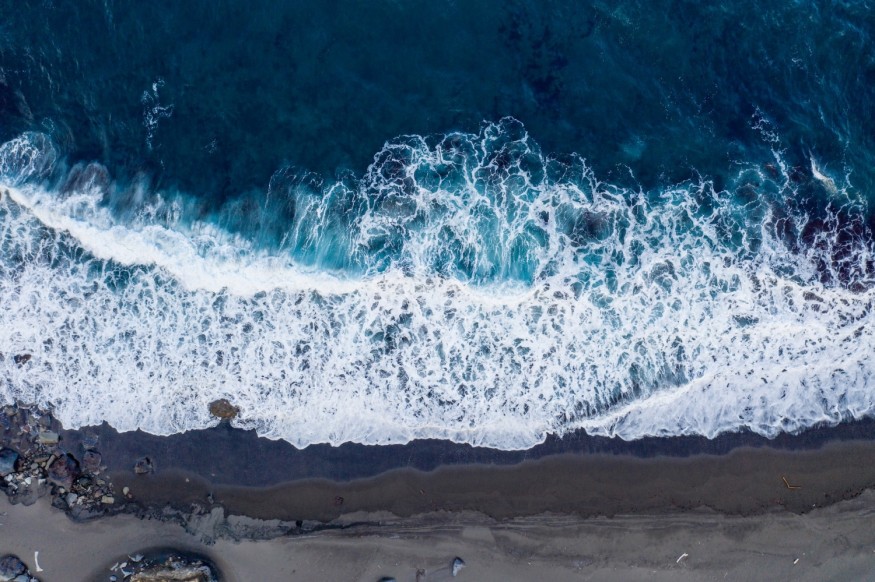The 7.6 magnitude earthquake that struck Central Japan's west coast and triggered a major tsunami warning on Monday, January 1, has continued to affect the region after the powerful tremor centered on Noto, Ishikawa Prefecture. As of Tuesday, January 2, rescuers are still conducting operations to save individuals trapped in fallen debris.
At least 48 people died and over 51,000 residents have been displaced following the quake on Monday afternoon. Following a damage assessment by the Japanese government, it turned out that the New Year's Day earthquake caused collapsed buildings and homes, cracked roads, and fires. In addition, tsunami alerts were sent as far as eastern Russia, and large waves threatened South Korea.
Dozens Dead and Thousands Displaced

The latest developments from Monday's deadly, catastrophic earthquake saw a rise in death toll from an initial of four people confirmed dead to at least 48 fatalities, as mentioned earlier. Rescuers on Tuesday are also in a "battle against time" in search for quake survivors even if the main earthquake was not followed by an equal or stronger tremor and the tsunami warning was eventually lifted.
However, apart from the widespread damage and landslides from the New Year's Day quake, succeeding aftershocks impacted roadways and damaged roads, which disrupted rescue operations, according to local media reporting. Thousands of residents in the affected area have also evacuated following mandatory orders or have been displaced and sent to shelters.
The extent of the damage was only revealed several hours after local authorities rushed to assess the situation. Images and videos (taken from local CCTV) on social media also showed vehicles, houses, bridges, parking lots, and indoor sites were violently shaking. Posts on social media also captured some members of the public panicking during the unprecedented quake.
New Year's Day Earthquake
According to the Japan Meteorological Agency (JMA), the destructive Japan earthquake with an intensity of 7.6 magnitude observed at 3:10 p.m. local time on Monday. It was followed by a tsunami with a height of 1 meter (3.3 feet) along the East Asian nation's west coast, facing the Sea of Japan.
Amid the casualties and widespread disruption, no damage has been reported in any nuclear power plants in Japan following the powerful earthquake and 1-meter tsunami on Monday. As of the time of reporting, 3,000 rescue crew consisting of army personnel, firefighters, and police officers have been deployed into the Noto peninsula.
2011 Japan Earthquake and Tsunami
The recent natural disaster occurred almost 13 years after Japan was struck by a 9.0 magnitude earthquake and a tsunami in the country's northeast in March 2011, becoming the country's strongest earthquake recorded in its history. Both the quake and tsunami killed a total of approximately 18,000 people.
Earthquakes are common in Japan due to its geographical location within the Ring of Fire, a tectonic belt with active seismicity, resulting in frequent volcanic eruptions and earthquakes, according to the United States Geological Survey (USGS).
© 2025 NatureWorldNews.com All rights reserved. Do not reproduce without permission.





